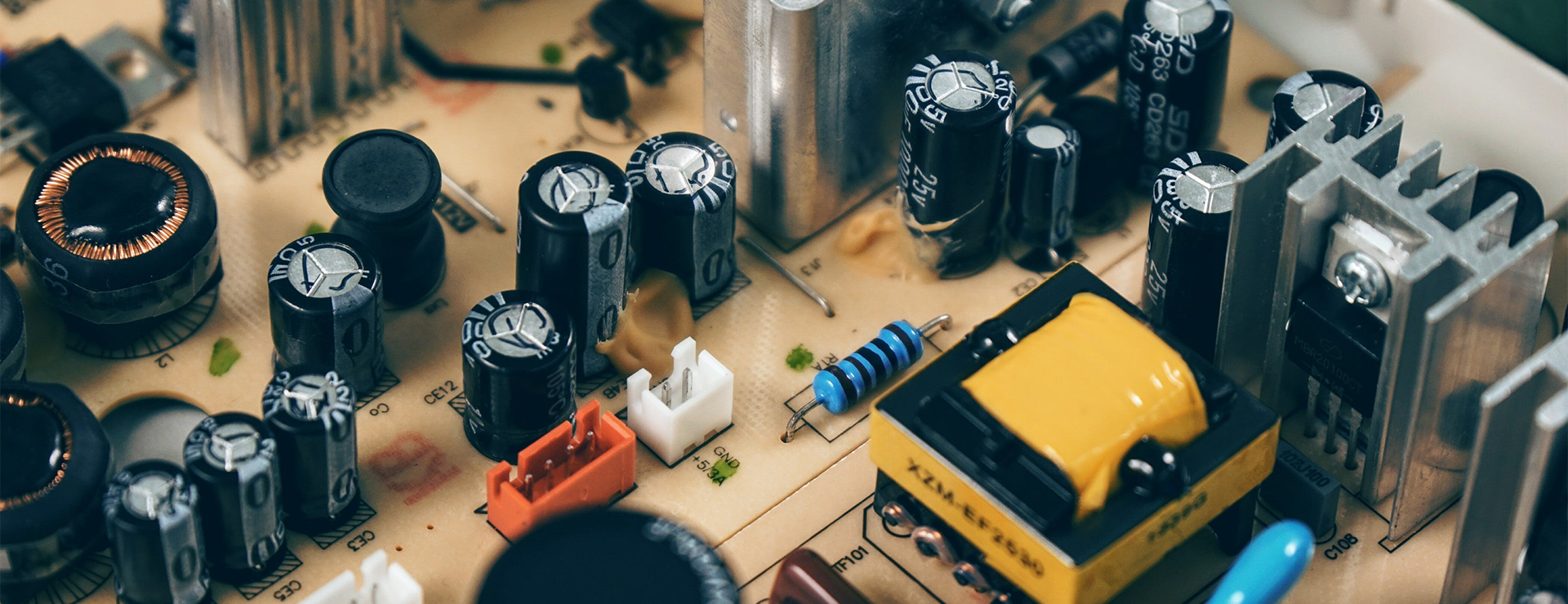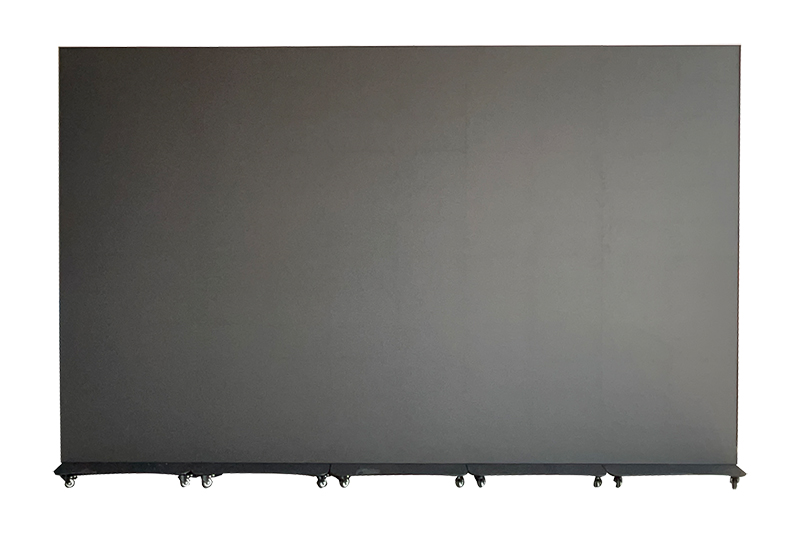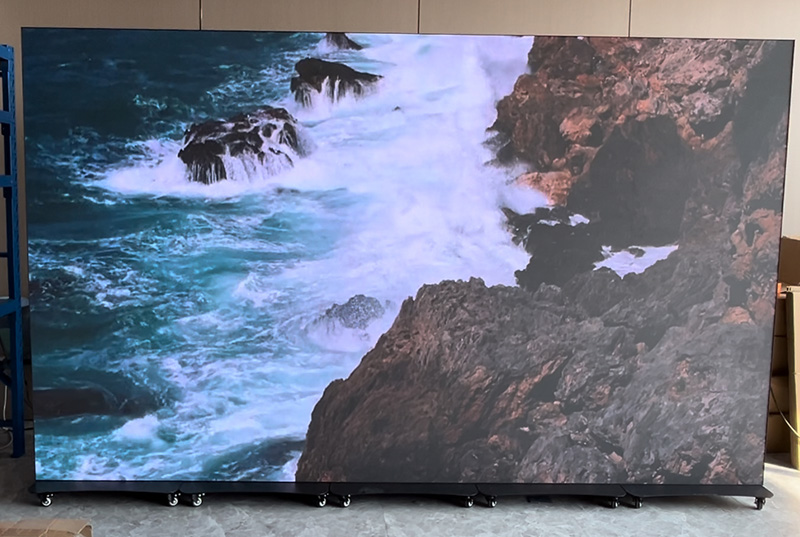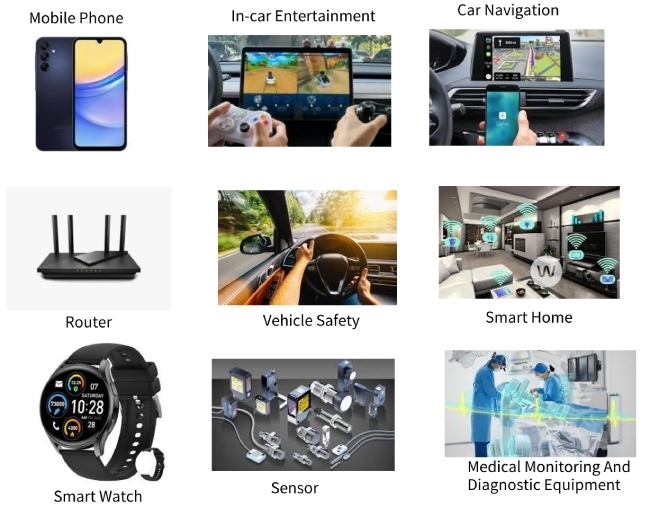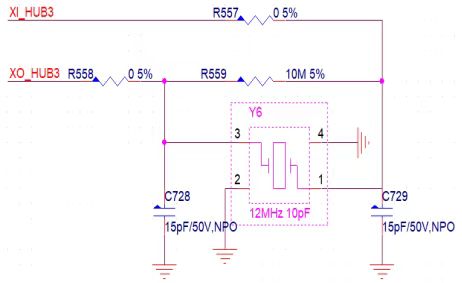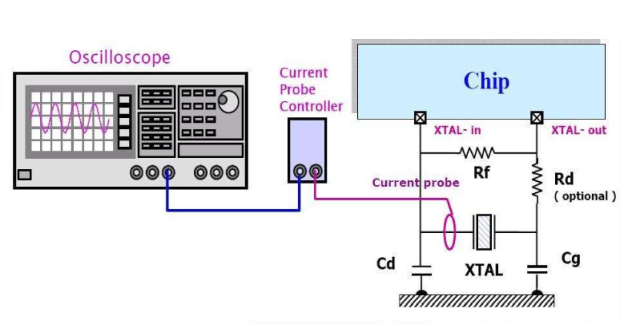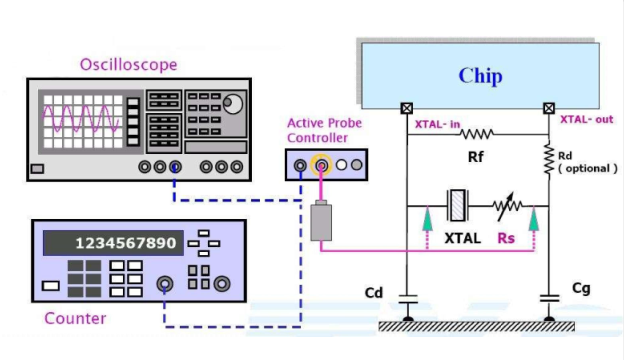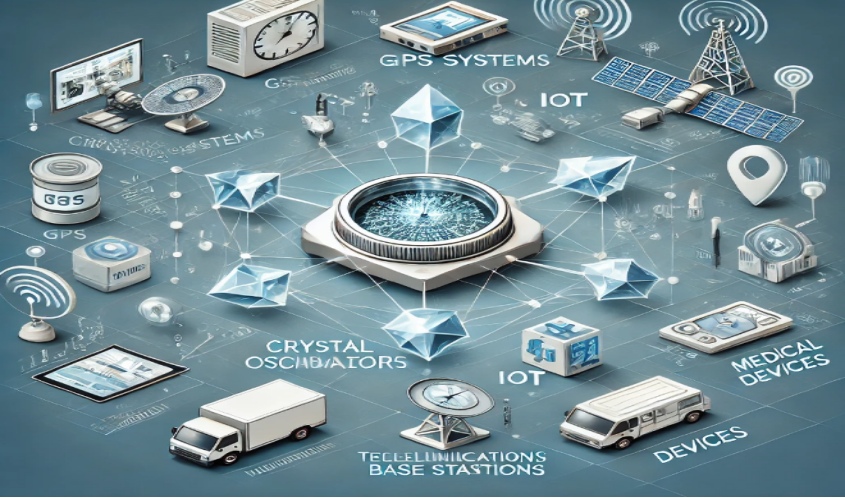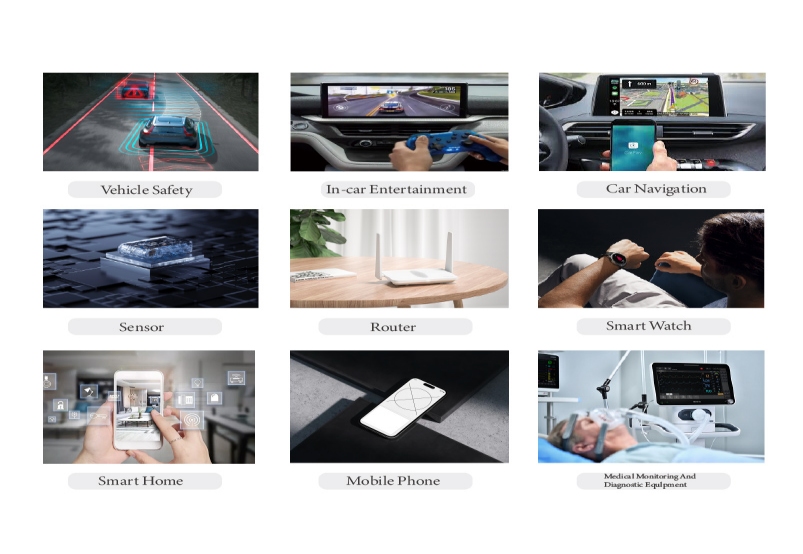What causes the decrease in laying rate of hens?
Laying hens are chickens raised specifically to lay eggs for the supply of eggs. The main task of raising laying hens is to improve egg quality and maintain or increase egg production. Laying hens breeds should be selected robust, disease resistance, foraging ability, good egg quality, high egg production rate, and coarse feeding, adapt to the local environment of the local chicken.
The laying rate of hens is very important to farmers. However, sometimes the egg production rate will decrease for some reasons, resulting in economic losses for farmers. So, what causes the decrease in laying rate of hens?
There are many reasons for the decrease in laying rate of laying hens, and the following are some of the main factors.
Environmental Factor
1. Temperature change. Too high or too low temperature can affect the laying rate of hens. For example, high temperature in summer will lead to reduced feed intake and insufficient nutrient intake of laying hens, which will affect egg production. Cold winter may cause cold stress and physiological disorders.
2. Humid environment. Excessive humidity not only affects the normal metabolism of laying hens, but also may breed harmful microorganisms and cause diseases.
3. Poor ventilation. Poor ventilation facilities or insufficient ventilation will lead to the accumulation of harmful gases (such as ammonia, carbon dioxide, etc.) in the house, affecting the health of laying hens and reducing the laying rate.
Nutritional Factor
1. Feed quality. Poor feed quality, moldy deterioration or contamination will reduce the palatability of feed, reduce the feed intake of laying hens, and lead to a decrease in laying rate.
2. Nutrient deficiency. Insufficient protein, vitamins, trace elements and other nutrients in the feed will affect the normal physiological function of laying hens, and then affect the laying rate. For example, the imbalance between calcium and phosphorus can affect the formation of eggshells.
3. Feed mutation. Sudden change of feed will lead to digestive dysfunction of laying hens, resulting in indigestion, which will affect the laying rate.
Disease Factor
1. Infectious diseases. Chickens infected with infectious diseases such as avian influenza, Newcastle disease, infectious bronchitis, etc., can lead to a sudden decline in egg production. These diseases not only affect the egg production rate of laying hens, but also can cause a large number of chicken deaths.
2. Bacterial diseases: Bacterial diseases such as colibacillosis and salmonellosis can also affect the egg production rate of laying hens.
3. Parasitic diseases: Parasitic diseases such as coccidiosis and filariasis can also have a negative impact on the egg production rate of laying hens.
Management Factor
1. Poor feeding management. Feeding is not fixed time and quantity, insufficient drinking water, equipment damage and other feeding management problems will lead to a decrease in laying rate.
2. Stress factors. Stress factors such as abnormal noise, the presence of strangers, vaccination or deworming treatment can also reduce the laying rate of laying hens.
3. Unreasonable light. Insufficient light time or insufficient light intensity will affect the physiological function of laying hens, and then affect the laying rate.
Now, let's increase egg production in a very simple way. By using our latest research and development product High-tech Intelligent Poultry Lighting Control Box 6020 connected to the Safe LED Poultry Light Bulbs, the farming farmer can adjust the lighting time and brightness to improve lighting condition, then improve the laying rate of laying hens.

The source of the above reason analysis: CNBIU(a Chinese We Chat Official Accounts)
